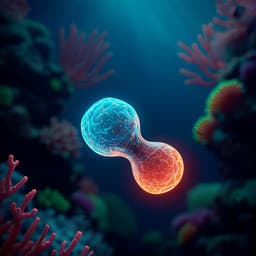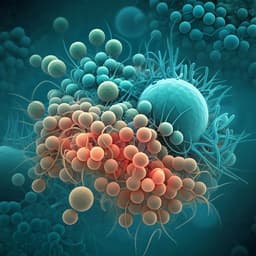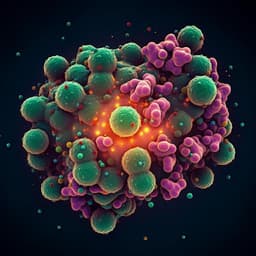
Medicine and Health
SARS-CoV2-mediated suppression of NRF2-signaling reveals potent antiviral and anti-inflammatory activity of 4-octyl-itaconate and dimethyl fumarate
D. Olagnier
This groundbreaking research by David Olagnier reveals how NRF2 agonists, like 4-octyl-itaconate and dimethyl fumarate, significantly inhibit SARS-CoV-2 replication and show potential as broad-spectrum antiviral and anti-inflammatory agents for COVID-19 treatment.
~3 min • Beginner • English
Related Publications
Explore these studies to deepen your understanding of the subject.







